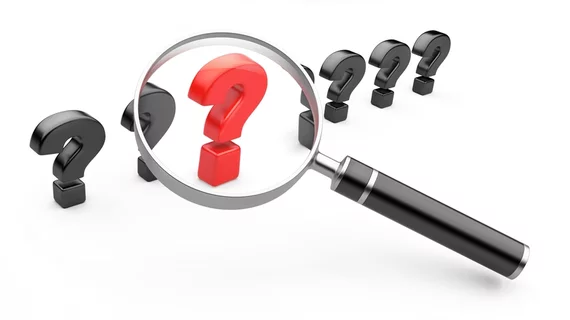Automated analysis tool assesses thyroid nodules as well as radiologists
Researchers have developed a new quantitative framework that evaluates thyroid nodules at a level comparable to two expert radiologists. The team shared its findings in the American Journal of Roentgenology, noting that their framework could represent a significant change in patient care.
“Current definitive diagnosis of thyroid nodules requires tissue biopsy or even surgery, but only 5–7% of these nodules are found to be malignant,” wrote Alfiia Galimzianova, PhD, Stanford University School of Medicine in Palo Alto, California, and colleagues. “Thus, most patients are inevitably exposed to unnecessary health risks associated with these invasive tests, and societal health care costs increase substantially. There is a critical need for methods to reliably estimate the malignancy risk of thyroid nodules to decrease the number of invasive interventions performed on low-risk benign nodules.”
The team explored ultrasound images from 92 biopsy-confirmed thyroid nodules. All images came from the same facility from 2010 to 2015, and the dataset included 46 malignant and 46 benign nodules. Two expert radiologists assessed each image based on the American College of Radiology’s Thyroid Imaging Reporting and Data System (TI-RADS) guidelines, providing descriptors based on the presence or absence of key visual features.
Galimzianova and colleagues then worked to develop an automated image analysis tool, proposing a framework that estimated the probability of a nodule being cancerous based on the quantitative features from the expert radiologists. Their framework achieved an area under the ROC curve (AUC) of 0.828, a number comparable to the highest values achieved by the two expert radiologists. Overall, no significant differences were observed between the performance of this new framework and the two radiologists.
“This finding suggests that the framework can provide expert-level malignancy probabilities in an inexpensive and objective manner,” the authors wrote. “Because different strategies for triage favor sensitivity or specificity and depending on the goal in a particular patient, one strategy may be favored over another.”
Such a system could help radiologists, the authors explained, by providing “second-opinion malignancy risk estimation” and limiting unnecessary biopsies and surgeries.
“Future work will be directed at creating algorithms to accurately delineate the borders of nodules and developing a segmentation-independent quantitative framework,” the authors concluded. “Once the algorithms and framework are devised, a fully automated process of thyroid nodule triage would be within reach.”

